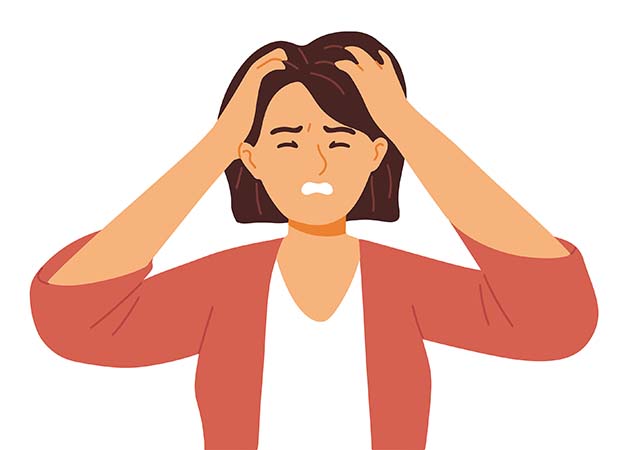In our journey toward mental well-being, it is important to understand the concept of triggers and their impact on our emotional state. These activating points are stimuli or events that evoke intense emotional responses, often related to past experiences or traumas. Identifying and managing them is an important step toward fostering better mental health.
What are triggers?
Triggers are external or internal cues that activate powerful emotional reactions, potentially leading to distress or even relapse in certain conditions. They can be diverse and highly individualized, varying from person to person. Common ones may include specific sounds, sights, smells, memories, anniversaries, or encounters with certain people. Understanding them help us to gain insight into the root causes of our emotional responses and empowers us to take control of our mental well-being.
Identifying Triggers
Recognizing our triggers requires self-reflection, patience, and self-compassion. Here are some steps to help identify them:
- Self-Reflection: Engage in introspection and observe your emotional reactions during challenging situations. Notice patterns, intense emotions, or sudden mood changes.
- Journaling: Maintain a journal to record significant events and note any commonalities among them. Look for recurring themes or elements that consistently bring about strong emotional responses.
- Seeking Professional Help: Consult with mental health professionals who can provide guidance and supp[ort in identifying triggers. They can offer valuable insights and help connect the dots between past experiences and current triggers.
What to do once you know them
Once we identify our triggers, we can take proactive steps to manage them effectively. Here are some strategies to consider:
- Self-Care: Prioritize self-care practices that promote emotional well-being. Engage in activities like exercise, mindfulness, healthy sleep patterns, and maintaining healthy relationships.
- Establish Boundaries: Set boundaries in your personal and professional life to protect your mental health. Communicate your needs clearly to those around you, ensuring that certain situations or conversations are approached with sensitivity and understanding.
- Develop Coping Strategies: Explore healthy coping mechanisms to navigate triggers. This might include deep breathing exercises, grounding techniques, creative outlets, or seeking support from trusted friends, family members, or support groups.
- Gradual Exposure: If appropriate and with professional guidance, gradually expose yourself to them in controlled environments. This technique, known as exposure therapy, can help desensitize emotional reactions over time.
Review
Understanding triggers is an empowering step toward managing our emotional well-being effectively. By identifying them, we gain insight into the underlying causes of our emotional responses, enabling us to take proactive steps to protect our mental health. The journey of self-discovery and healing is unique to each individual. Be patient, compassionate, and seek support within you to navigate them and have a healthier, more balanced life.
About Therapist Bethany Winter, MA, LPC Barnum Counseling
(2020, November 13). Emotional triggers: Definition and how to manage them. Healthline. https://www.healthline.com/health/mental-health/emotional-triggers#finding-yours
(n.d.). Triggers (worksheet). Therapist Aid. https://www.therapistaid.com/therapy-worksheet/triggers
Image by syarifahbrit on Freepik
